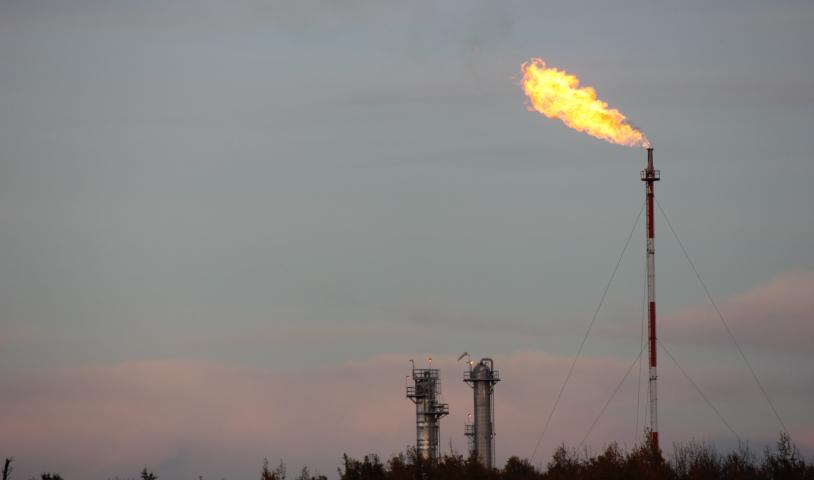Violations at private hydro projects going unpunished
Tuesday, January 29, 2013
None of B.C.’s 52 privately operating “run-of-river” hydroelectric projects have been fined or sanctioned by the province despite at least 700 water-use and reporting violations at 16 facilities in 2010 alone, according to a recently released government audit.
The violations were discovered after 16 run-of-river operations in the South Coast region were audited in early 2012 by the Ministry of Forests, Lands and Natural Resource Operations. The ensuing report detailed 749 non-compliances in 2010, although it stressed numbers should be considered a “minimum” due to inconsistent monitoring and reporting.
The report was obtained through a Freedom of Information request by the Wilderness Committee and made public on Jan. 23. In response to questions about the audit, ministry spokeswoman Vivian Thomas said by e-mail that more stringent operational guidelines have been put in place since 2010.
She said that instead of levying penalties, the government prefers to work with companies to bring them up to standard.
Environmental groups feel that the government is not doing enough, however, insisting violators need to be punished.
“You don’t see sanctions. You don’t see fines,” said Wilderness Committee policy director Gwen Barlee. “When a company has engaged in one or two instances of non-compliance, then you want to sit down and talk with them, but when it’s engaged in dozens of instances of non-compliance, you need to up the ante, and that doesn’t appear to be happening.”
Just under half of the 749 violations dealt with improper water use, including increasing or decreasing water flow too quickly – also known as “ramping” – which can strand or kill fish. Although only seven incidents were documented in which fish died, the report noted that the total number of fatalities, 94, could be higher because monitoring, reporting and fish salvaging were insufficient at 11 of the 16 facilities.
The Upper and Lower Clowhom River operations committed the greatest number of violations, 92 and 101, respectively, over a 10-month period. Doreen Miller, a spokeswoman for Veresen Inc., which bought the two facilities from Enmax in February, 2011, said the projects have since cleaned up their acts. Similarly, the Lower Mamquam facility, which received 45 non-compliances over a three-month period, was acquired by Atlantic Power through its purchase of Capital Power Income in November, 2011. Atlantic Power spokeswoman Amanda Wagemaker said in an email that “the company has voluntarily invested significant capital” to address compliance issues.
The Fitzsimmons Creek facility, whose majority owner is Innergex Renewable Energy Inc., had 25 violations, the fifth highest. Innergex’s director of public affairs, Bas Brusche, said there were only three violations in 2012, and one was due to lightning.
“We have started a fish-monitoring program [and] we have spent now about $230,000,” Mr. Brusche said, adding that the creek’s rainbow trout population remains stable.
The 52 run-of-river projects operating in B.C. are part of the government’s “clean energy” strategy. The natural flow of a stream is used to create power by diverting a portion of the water to a turbine. The water is then returned to the stream and the company sells the generated power to B.C. Hydro. Planning and construction is under way for 67 more projects, and 570 other applications have been filed with the province. The majority of the applications have been inactive for years, however, and many still lack a purchase agreement with B.C. Hydro.
Watershed Watch, an environmental group focused on protecting B.C.’s salmon, released an analysis of run-of-river projects in October, 2012, entitled Tamed Rivers. It stated that the province conducts very few inspections and that the cumulative impact of private hydroelectric operations has not been properly assessed.
“I’d take with a grain of salt that we’re going to see really effective changes by voluntary compliance,” said the group’s executive director, Craig Orr. “The provincial government [has] really severely reduced their ability to monitor these projects, because they’re laying off biologists, and they’re laying them off at a rapid pace.”
No one from the provincial government was available for an interview, and numbers confirming an increase in industry compliance could not be obtained from the province. Ms. Thomas said in an email that all of the audit’s recommendations – including ramping guidelines and the development of a database for tracking violations – are being acted upon. Additionally, the government has “beefed up” inspections and companies are required to hire independent environmental monitors and independent engineers.





